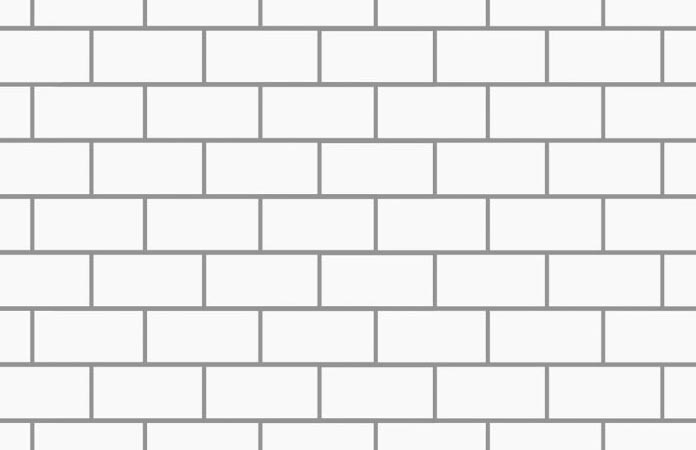Today in Pop Culture: Pink Floyd Builds The Wall
Published on January 18th, 2016 in: Music, Today In Pop Culture |Take a dreadful story about alienation, fascism, war, childhood trauma, and drug addiction. Now, set it all to music. What do you get? One of the biggest-selling albums of all time.
It’s 1980, and the happy-go-lucky Seventies are executed in grand fashion when Pink Floyd’s double album, The Wall, hits number one on the Billboard charts on this date.
It’s a familiar story by now to most music fans. A musician named Pink slowly rescinds into his own head as fame and its trappings overwhelm him. He builds a metaphoric wall between himself and the people around him. Eventually, his own ghosts and personal demons become too much for him to bear and he must find a way to tear down the wall before he loses himself completely.
That’s some heavy shit for a rock and roll album. We had just come out of an era where Frampton had come alive and Boston sold millions of records by cranking out a wave of radio-friendly nonsense about smoking weed and hitching rides. These were not songs borne of an Oedipal complex or a need for therapy.
But Pink Floyd was a band on the verge of self-destruction. Much of The Wall was written by bassist and vocalist Roger Waters. At this point in time, Waters had isolated himself from the rest of the band. He traveled separately and stayed in different hotels. That was fine with keyboardist Rick Wright, who quit the band over his conflicts with Waters during the middle of recording the album.
The fact that The Wall was such a giant hit boggles the mind. It’s a lot like listening to the journals of the sad kid in the back of your high school algebra class put to music. Think about singing The Bell Jar. It was the lead-off single that sold it.
“Another Brick in the Wall (Part 2)” is a brilliant distillation of teenage rebellion, set to a stodgy disco beat. Its battle cry against the education system, complete with Cockney children screaming to be left alone, is as close to Dickensian rock and roll as you can get. It was Pink Floyd’s first and only number one song, and it propelled The Wall to the top of the US charts, where it stayed for 15 weeks. It sold an amazing 19 million copies between 1979 and 1990.
Alan Parker directed the film version of the album, starring Bob Geldof as Pink. He shaved most of his body hair for the part, and the image of Geldof with no eyebrows became synonymous with The Wall. While the film was not well-received critically, it became a giant hit on the midnight movie circuit.
Roger Waters’ autobiographical album was released at the perfect time. As the Seventies dissipated in a cloud of rainbows and the Eighties rolled in with a new wave maelstrom, The Wall managed to bridge arena rock and synth-pop with a theatrical pomposity the world hadn’t seen since The Who’s Tommy. It became the touchstone for the alienated and disenfranchised. In that sense, The Wall has a lot in common with hardcore punk, almost becoming a movement in itself. You either got it or you didn’t.
The record still sells. It resides at number 92 on Billboard‘s 200 Greatest Albums of All Time chart. Look around. You still see patches with the logo for The Wall. Blacklight posters. Bumper stickers. In a post-rock world, the wall Pink Floyd built refuses to come down.

Time limit is exhausted. Please reload the CAPTCHA.